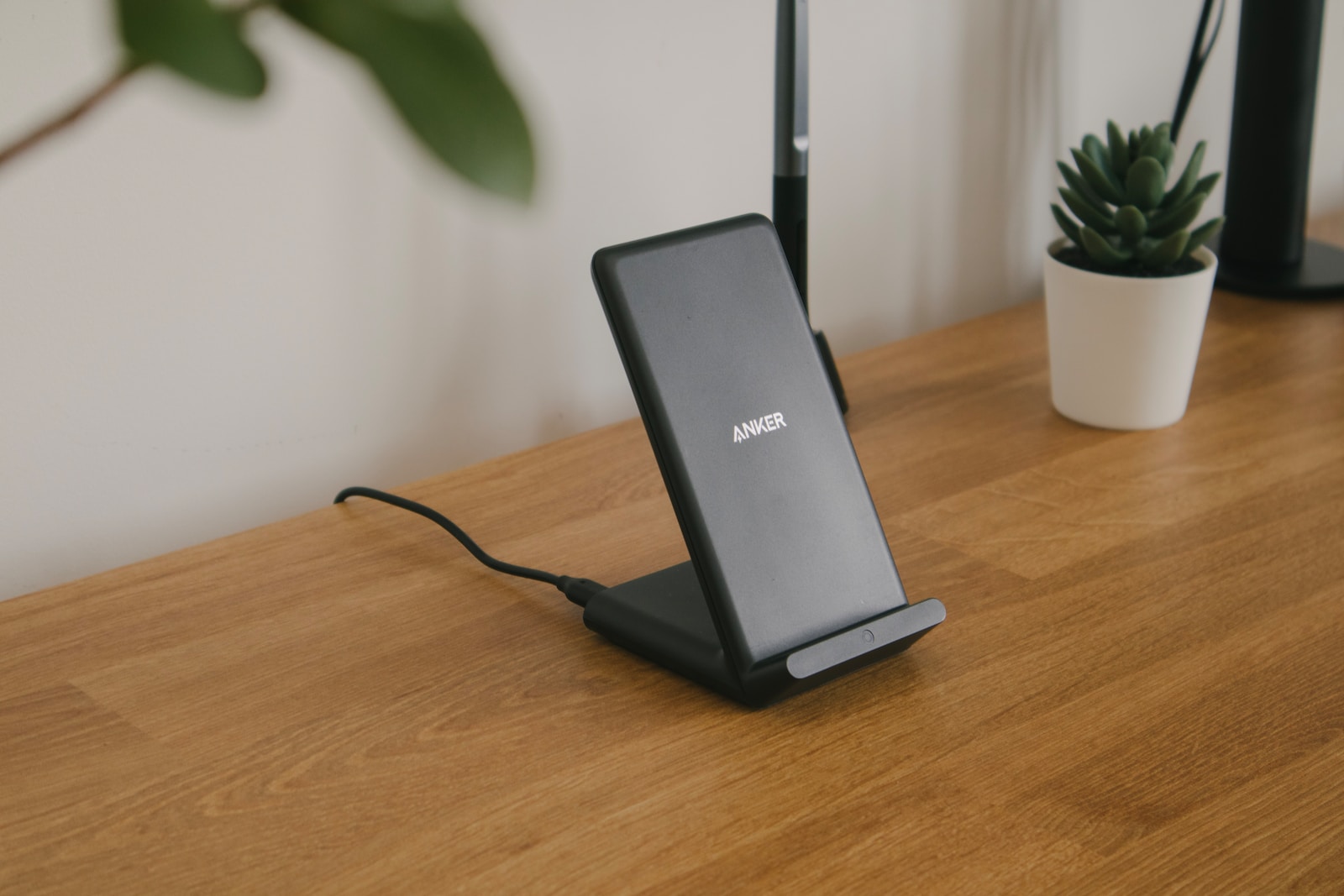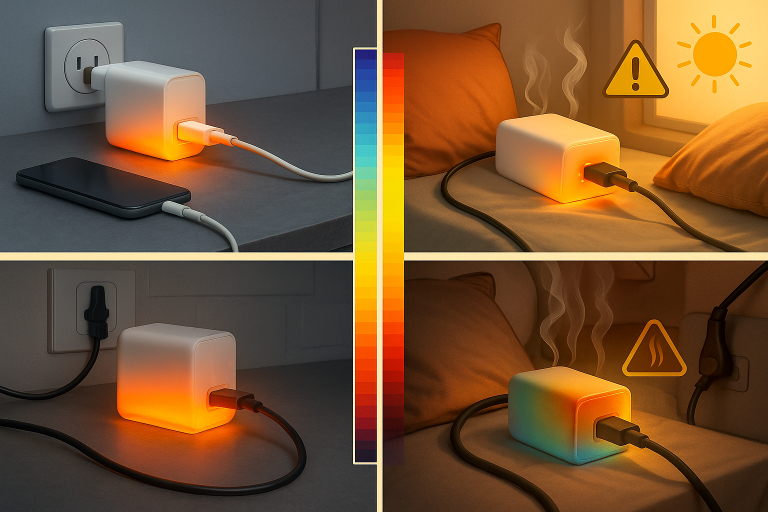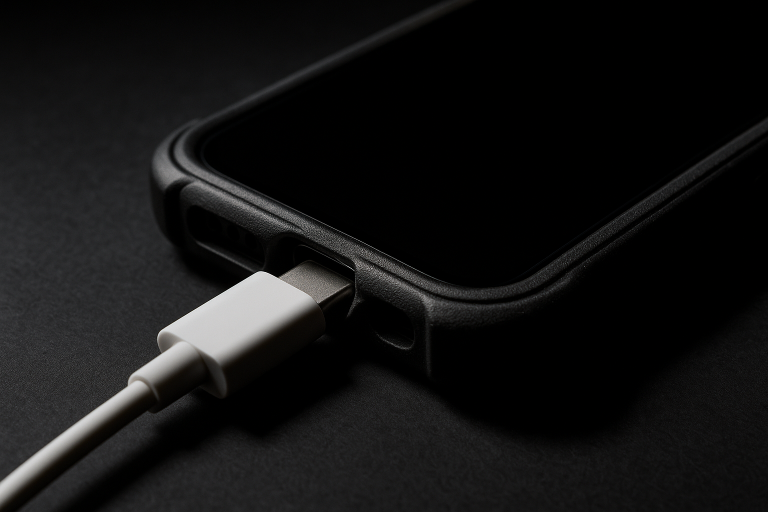Is Wireless Charging Better Than Regular Charging?
I’ve been wondering if wireless charging is really better than regular charging. The idea of just placing my phone on a charging pad sounds so convenient, but I also worry about the speed and cost.
In this article, we’ll explore the advantages and disadvantages of wireless charging compared to regular charging. We’ll cover convenience, wear and tear on charging ports, charging multiple devices at once, charging speed, and the additional equipment needed.
Let’s find out if wireless charging is truly the superior method.
Key Takeaways
- Wireless charging offers convenience and ease of use, eliminating the need to plug and unplug devices.
- It reduces wear and tear on charging ports, potentially extending the lifespan of devices and saving money in the long run.
- Charging multiple devices simultaneously is possible with wireless charging pads, saving time and reducing clutter.
- However, wireless charging can be slower than regular charging, and it requires additional equipment that can add up in cost.
Convenience and Ease of Use
Using wireless charging is incredibly convenient and makes charging my devices a breeze. The wireless charging efficiency is impressive as it eliminates the need to constantly plug and unplug my devices. Whether I’m charging my phone, smartwatch, or earbuds, I can simply place them on the charging pad and let them power up effortlessly.
Another advantage is the compatibility with different devices. I no longer have to worry about having multiple cords and outlets for each device. With wireless charging, I can charge all my devices using just one pad. It’s a time-saving solution that keeps my space organized and clutter-free.
Plus, I can charge my devices while not using them, making it even more convenient.
Reduced Wear and Tear on Charging Ports
Regular charging can cause damage to my device’s charging port, but with wireless charging, I can reduce wear and tear and extend the lifespan of my device.
Wired charging involves repeatedly plugging and unplugging the charging cable, which can lead to the wearing out of the charging port over time. On the other hand, wireless charging eliminates the need for physical connection, minimizing the risk of damage to the charging port. This can have a significant impact on the overall lifespan of the device.
Additionally, wireless charging efficiency has improved over the years, with the latest wireless charging technologies offering comparable charging speeds to wired charging. Therefore, not only does wireless charging reduce wear and tear on the charging port, but it also provides a convenient and efficient way to charge my device while extending its lifespan.
Charging Multiple Devices Simultaneously
With wireless charging, I can conveniently charge multiple devices simultaneously. One of the benefits of wireless charging is that many wireless charging pads are compatible with multiple devices, such as smartphones, earbuds, and smartwatches. This means that I can place all my devices on the charging pad at once and have them charged simultaneously.
Not only does this save me time, but it also keeps my charging space organized and clutter-free. No more need to plug in each device separately or deal with tangled cords. With wireless charging, I can have a neat and tidy charging area, making it easier to locate my devices and keep everything in order.

Slower Charging Speed
Although wireless charging offers convenience and ease of use, one downside is that it generally has a slower charging speed compared to regular charging. This slower charging speed has its pros and cons:
Pros of slower charging speed:
- Reduced heat generation during charging, which can help preserve battery life.
- Gentle charging can be beneficial for certain types of batteries.
- Lower power output can prevent overcharging and prolong battery lifespan.
- It allows for more efficient energy transfer, reducing energy waste.
Cons of slower charging speed:
- Longer charging time can be inconvenient, especially when in a hurry.
- Limited availability of wireless charging stations when on the go.
- Incompatibility with some devices that don’t support wireless charging.
- Charging speed may vary depending on the charger and device compatibility.
The impact on battery life is influenced by the slower charging speed. While it can help extend battery lifespan, it may also be a drawback for those who prioritize faster charging times.
Additional Equipment and Cost
Interestingly, wireless charging does require some additional equipment and can come at a higher cost. In order to use wireless charging, you need a wireless charging pad or a compatible case for your device. This means that you have to invest in these extra accessories, which can add up to the overall cost.
On the other hand, regular charging only requires a charging cable, which is usually included when you purchase a device. This means that you don’t have to spend any extra money on additional equipment for regular charging. Additionally, regular charging cables are widely available and can be easily replaced if they get damaged or lost.
This isn’t the case with wireless charging pads, as they aren’t as widely available and can be more expensive to replace. So, when it comes to the cost and availability of equipment, regular charging has the advantage over wireless charging.
Impact on Battery Life
For me, wireless charging has had a noticeable impact on my device’s battery life and charging habits.
Effect on battery health: Wireless charging can potentially degrade the overall health of the battery over time. The constant exposure to heat during the charging process can lead to a decrease in battery capacity and overall lifespan.
Long term implications: Using wireless charging as the primary method of charging may result in a shorter battery life compared to regular charging. This means that the battery may not last as long before needing to be replaced, which can be costly and inconvenient.
Slower charging speed: Wireless charging tends to be slower compared to regular charging. This slower charging speed can be a drawback, especially when you need to quickly charge your device.
Additional equipment and cost: Wireless charging requires the use of a wireless charging pad or a compatible case, which can be an added expense. Additionally, if you have multiple devices, you may need to purchase multiple wireless charging pads, further increasing the cost.
Conclusion
In conclusion, wireless charging offers convenience and ease of use, as well as reduced wear and tear on charging ports. It allows for charging multiple devices simultaneously.
However, it may have a slower charging speed compared to regular charging. Additionally, there’s a need for additional equipment and it may come at a higher cost.
Overall, wireless charging is a convenient option, but it may not necessarily be better than regular charging in terms of speed and cost.



